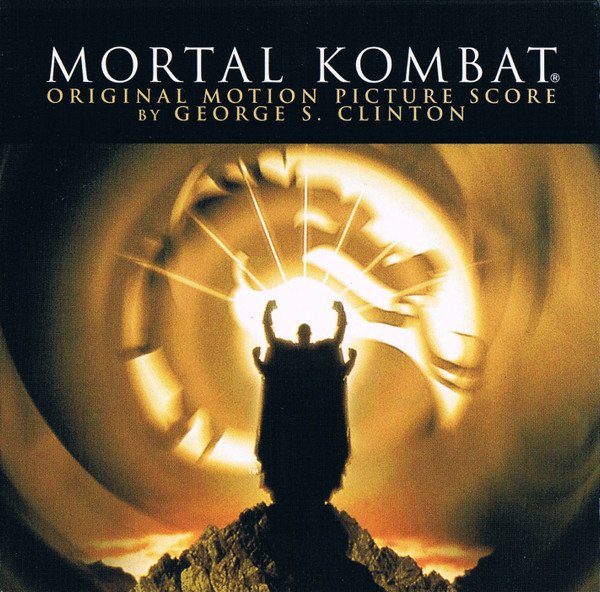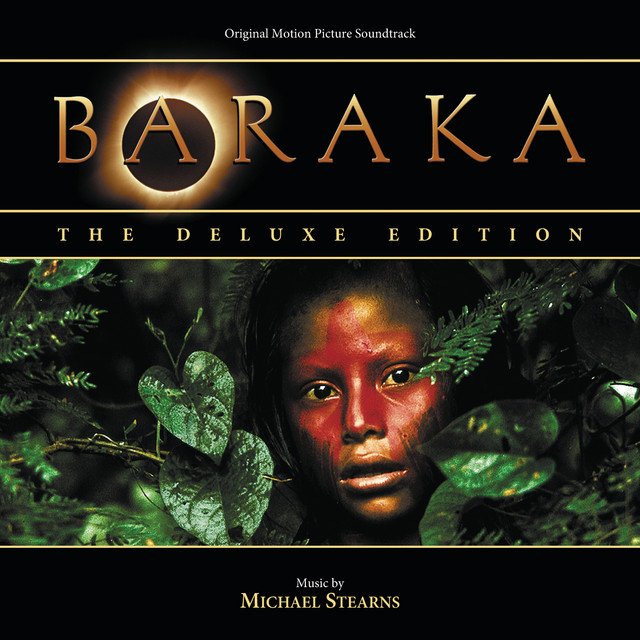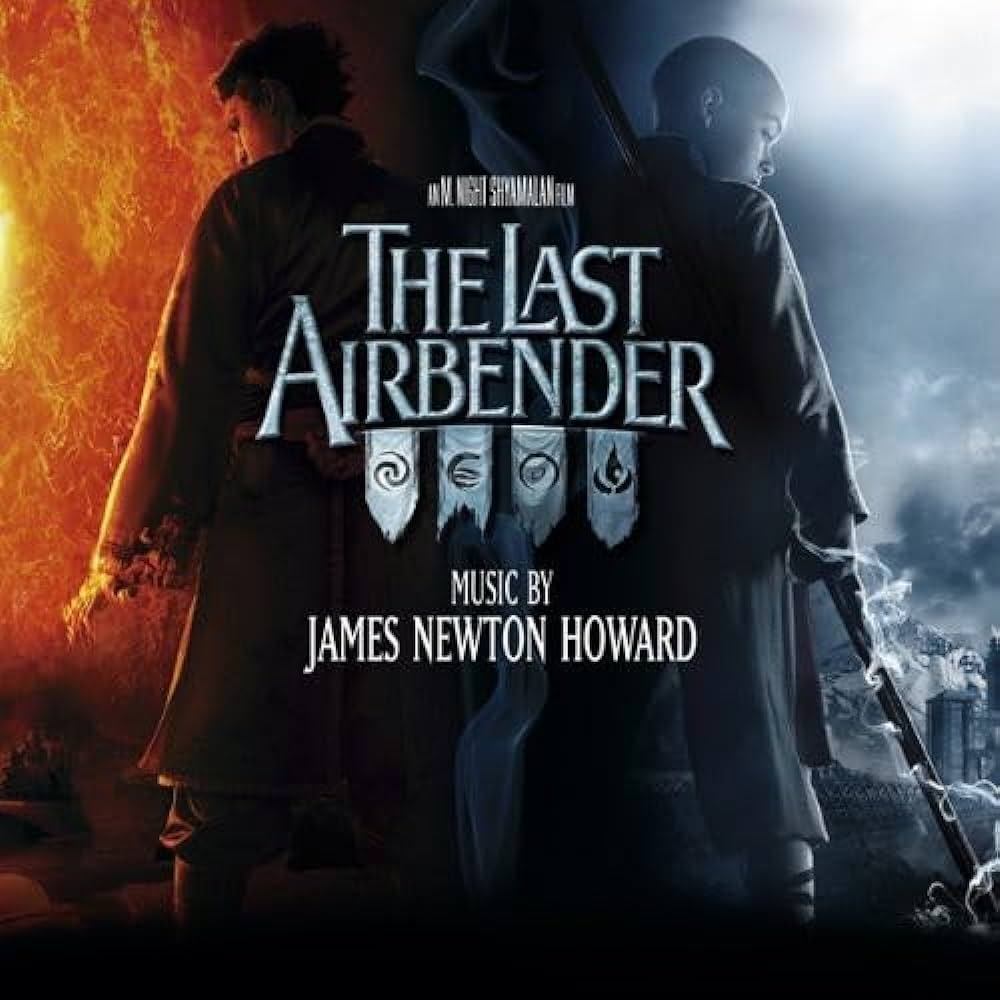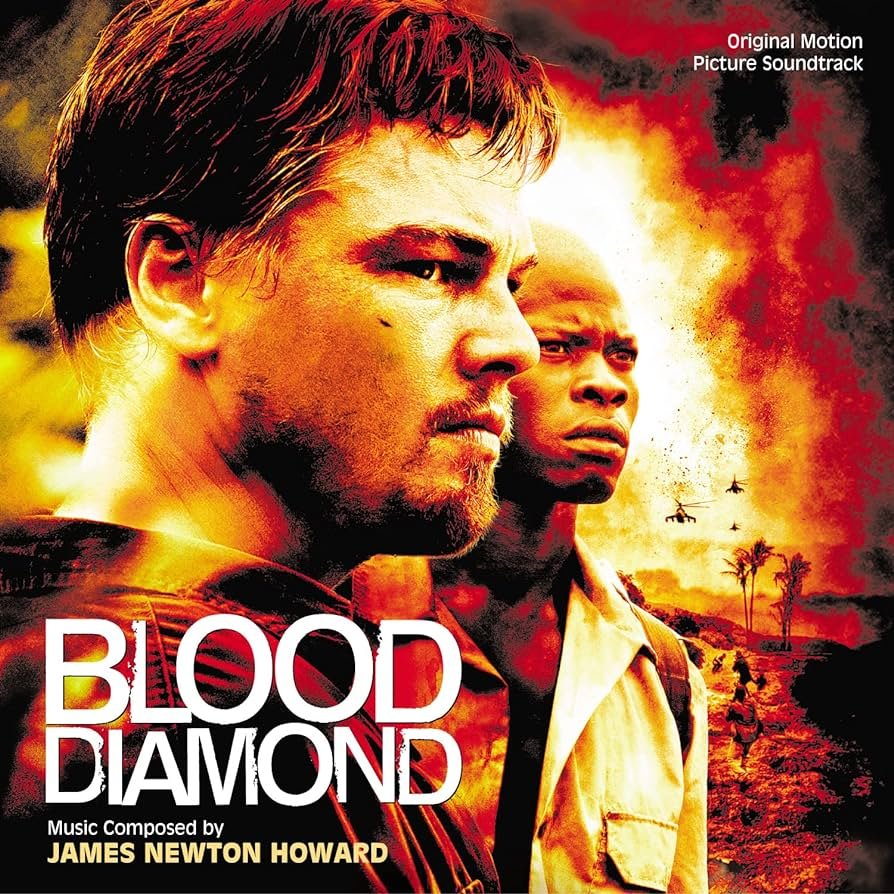
“The fact that certain composers have been able to create first-class music within the medium of film proves that film music can be as good as the composer is gifted.“
Jerry Goldsmith
Best Film Scores of All Time
There are so many scores on the receiving end of critical acclaim (especially US made) mainly because they accompany dramas. Their normal orchestrations though have barely anything memorable resulting in a poor listening experience. The following movie scores contain besides beautiful melodies, unique musical landscapes and pack a whole lot of emotion without the restrictions that come in only one genre type (Can you name the 10 Oscar worthy music compositions in the last 30 years?).































































